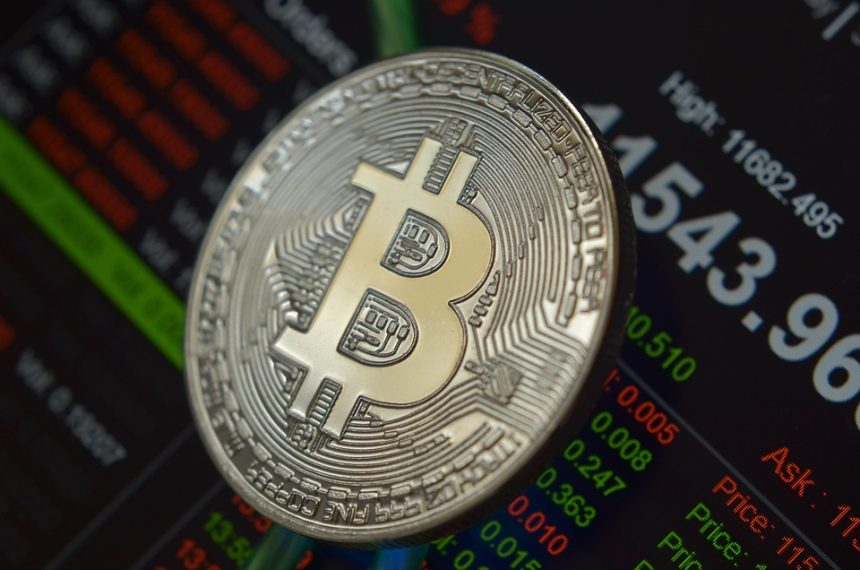How Blockchain Technology is Revolutionizing Asset Management
In recent years, blockchain technology has emerged as a groundbreaking solution across various sectors, transforming traditional practices and enhancing efficiency. Among its many applications, the impact of blockchain on asset management stands out as particularly revolutionary. This article explores how blockchain is reshaping the landscape of asset management, enhancing security, transparency, and operational efficiency while paving the way for innovative investment strategies.
Understanding Blockchain Technology
At its core, blockchain is a distributed ledger technology (DLT) that enables secure and transparent record-keeping. By using cryptographic techniques and a decentralized network, blockchain eliminates the need for intermediaries, reduces costs, and enhances trust among participants. Each transaction is recorded as a “block” that is linked to previous transactions, creating an immutable "chain." This unique structure allows for real-time updates, enhancing the accuracy and reliability of data.
Revolutionizing Transparency and Trust
One of the most significant benefits of blockchain technology in asset management is the level of transparency it provides. Traditional asset management often relies on manual processes and centralized databases, which can lead to discrepancies, fraud, and mismanagement. Blockchain offers an immutable record of all transactions, allowing stakeholders to verify and audit asset ownership and transaction history in real time.
For investors, this transparency enhances trust. They can trace the entire lifecycle of an asset, from its creation to its current status, effectively mitigating the risks associated with lack of information or potential fraud. Consequently, asset managers can build stronger relationships with their clients based on this enhanced level of accountability.
Reducing Costs and Increasing Efficiency
The traditional asset management process is often burdened by high administrative costs, lengthy settlement times, and complex compliance requirements. Blockchain streamlines these operations by automating many of the back-office functions that are currently performed by human intermediaries.
Smart contracts—self-executing contracts with the terms of the agreement directly written into code—are a pivotal component of blockchain’s efficiency. They automatically execute actions when predefined conditions are met, reducing the need for manual intervention and expediting settlement times significantly. This level of automation not only cuts costs but also minimizes errors, significantly improving overall operational efficiency.
Unlocking New Investment Opportunities
Blockchain technology has also opened doors to innovative investment models that were previously unimaginable. One notable trend is the tokenization of assets. By converting real-world assets (like real estate, art, or equity) into digital tokens, these assets become more accessible to a broader range of investors. Tokenization allows fractional ownership, enabling smaller investors to participate in markets that were once limited to high-net-worth individuals.
Moreover, tokenization can improve liquidity in traditionally illiquid markets. For example, a tokenized real estate asset can be traded on blockchain platforms 24/7, allowing investors to buy and sell their shares much more fluidly than if they were dealing with traditional property transactions.
Enhancing Regulatory Compliance
Regulatory compliance is a crucial aspect of asset management that can be cumbersome and complex. Blockchain technology provides a potential solution by offering a transparent and immutable record of all transactions. This capability can simplify the auditing process and enhance regulatory reporting by allowing for real-time tracking and monitoring of assets.
Additionally, advancements such as Regulatory Technology (RegTech) utilizing blockchain can facilitate the automatic compliance of transactions against regulatory requirements. This can significantly reduce the resources required for compliance and audit functions.
Challenges and Considerations
Despite the myriad benefits, the adoption of blockchain technology in asset management is not without its challenges. Issues such as scalability, regulatory uncertainty, and the need for industry-wide standards require careful consideration. Additionally, the transition from traditional systems to blockchain-based systems demands significant investment and a shift in organizational practices.
Conclusion
As blockchain technology continues to mature, its influence on asset management is undeniable. By enhancing transparency, reducing costs, and unlocking new investment opportunities, blockchain is positioning itself as a vital tool for the future of asset management. While challenges remain, the potential for improved efficiency and innovation suggests a promising horizon for asset managers willing to embrace this transformative technology. The revolution is not merely a technological shift but a potential paradigm shift in the way assets are managed, traded, and viewed in the global economy.





